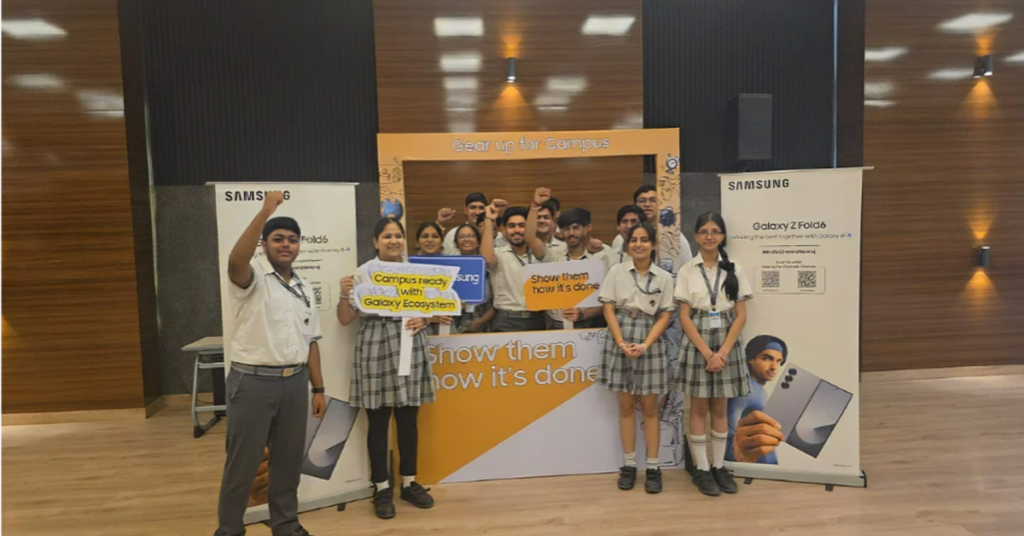Brands create an emotional bond, a connection to reach out to consumers as well as to build relationships. Creators are partnering with brands to sell directly to their audience. This is where fandom marketing comes in. Fandom is all about passion and loyalty.
It’s built around shared passions and communities of people who are more than consumers or customers. They are producers and creatives in their own right. Fandom is actually a participatory culture, wherein subcultures and communities often feel a sense of fellowship through their shared interests and attitudes.

Today’s digital age has allowed fan culture to reach new heights. It forms safe havens for their communities and an endless stream of new content about their passions. These communities are made up of editors, developers, cultural pioneers, designers, community managers and writers etc. They create meaningful connections in social media by talking, sharing knowledge and co-creating. These communities work tirelessly in support of their passions, most often behind closed doors for fear of judgement.
Social Media Transformed Fandom
According to Brand Fandom Insights: Marketing Themes and Trends from Practitioners, brands carry emotional and identity attributes, which when communicated effectively, can create brand fans. Brand fans are powerful. The identification and activation of fans for any commercial endeavor are essential to both short-term and long-term business success. Marketing experts agree that fans for any brand are typically their most engaged and profitable customers. The digital space is able to activate their fandom, making them 50% more attentive to brand ads and 40% more likely to share their experiences.
The most successful brands, as per the report, can typically attribute their success to reaching a cult-like following, or what is often referred to as a “brand tribe”. It is important for all businesses, large and small, in the prevailing digital media environment to identify and activate their brand fans. Brands in the current age of social media platforms and profiles are often used to differentiate people and their symbolic reference can be even more powerful in peer-to-peer communication.

Some examples include Disney partnering with YouTube influencers and social media influencers to promote films, theme parks and products. Over the years, Disney has partnered with influencers with Colleen Ballinger and Tiffany Alvord to create content around their experiences at Disney parks. It helps drive awareness and interest in Disney’s offerings.
German automobile manufacturer Audi promoted its Audi e-tron EV at an exclusive “Avengers: Endgame” virtual reality (VR) experience at San Diego Comic-Con. This allowed Audi to showcase its electric vehicle technology in an engaging and entertaining way, creating a lasting impression on fans. Coca-Cola collaborated with Star Wars to create limited edition, specially-designed Coke, Diet Coke, and Sprite bottles featuring the iconic Star Wars logo and Aurebesh text.
New neccesity created… #StarWars #CocaCola #ShutUpAndTakeMyMoney pic.twitter.com/1blKvldOPh
— SWConexiones (@SWConexiones) December 5, 2019
Gives More Freedom and Flexibility
Brands get more freedom and flexibility by building value in the current fandom ecosystem. To achieve this, companies need to gather their fans from existing social media platforms in one place. This is to nurture the fans into super fans, a more focused solution that increases engagement through direct and authentic relationship-building. Brands should let their fans have the say. By listening to them and understanding their needs, brands can tailor their content to them. Experts believe that by having fans participate in and influence the brand in their own way, the company can help the feel more special and valued.
Overall, brand partnerships within fandoms require a deep understanding of the fan community and commitment to authenticity. It can result in increased brand affinity, higher-levels of engagement, and a positive impact.



